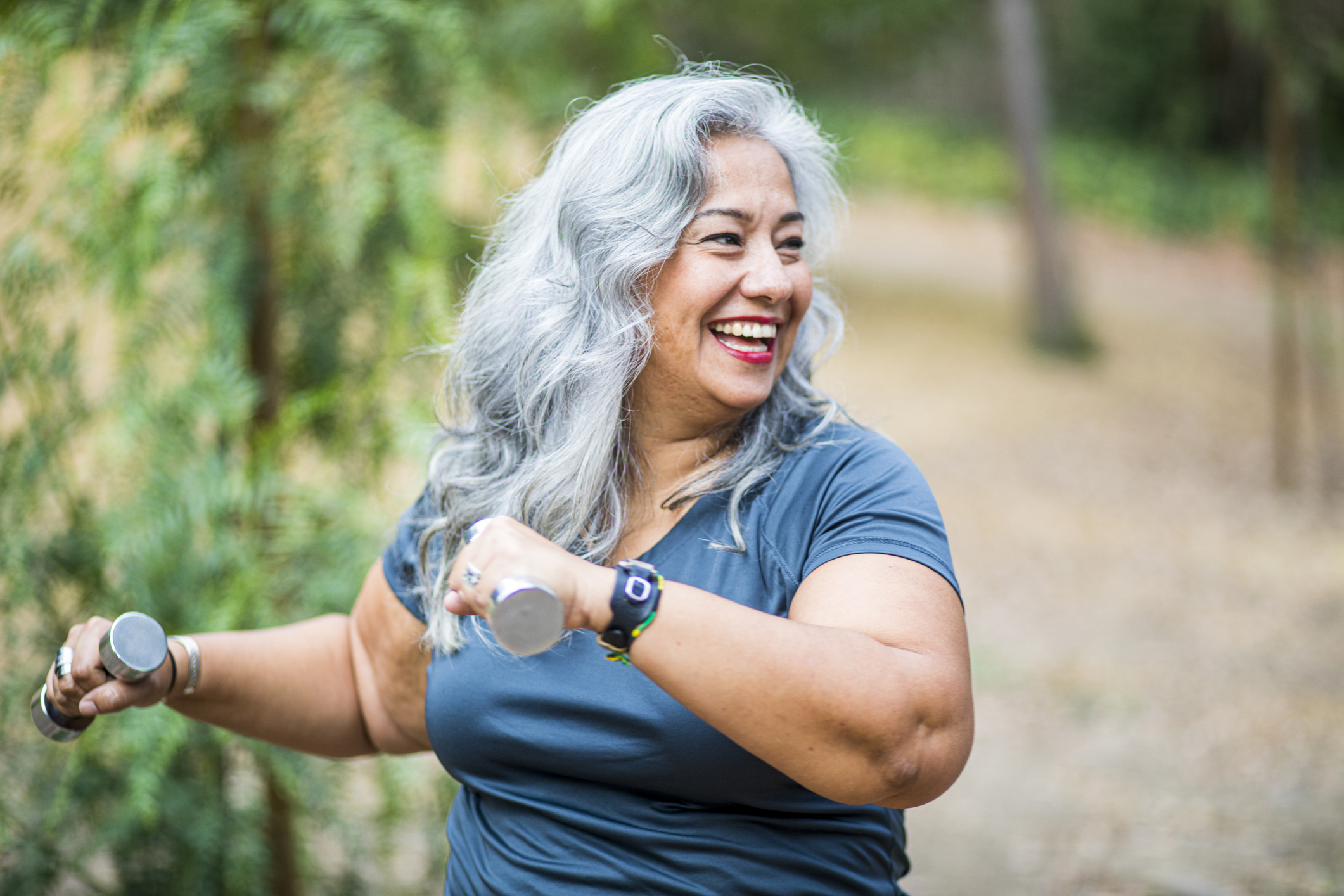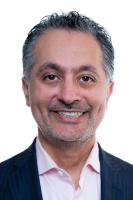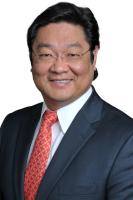Liposuction
Overview
Liposuction (or lipoplasty) is the most common cosmetic procedure in the United States. It is surgery that removes unwanted fat from specific areas, improving the contours of your body. The most frequently treated areas include the abdomen, buttocks, hips, thighs, knees, calves, upper arms, neck, and chin.
 The plastic surgeons at Summit Health have extensive experience performing liposuction, and it is our philosophy to be straightforward with our patients about what the procedure can and cannot accomplish. We want you to have realistic expectations so that you will be happy with your result.
The plastic surgeons at Summit Health have extensive experience performing liposuction, and it is our philosophy to be straightforward with our patients about what the procedure can and cannot accomplish. We want you to have realistic expectations so that you will be happy with your result.
Liposuction is not a weight loss or cellulite-reducing technique. Viable candidates for the surgery are near their ideal body weight, but they have areas where localized fat has accumulated and has not responded to exercise or dietary changes. These pockets of excess fat cause the body to look out of proportion. Liposuction can improve the body’s proportions and create a smoother contour.
“Finally got rid of my belly! Dr. Momeni is wonderful! His technique is amazing and I already looked better one day after surgery…. He is respectful and considerate of each patient's needs.”
Ready to get started?
The best candidates for liposuction are those who have firm and elastic skin. If the skin is firm and elastic, one can reasonably expect it to shrink after liposuction. If you have loose or hanging skin, liposuction will not improve it. The only way to rid your body of that loose excess skin is to trim it. Compare the areas where you are considering liposuction with the photos below. If you have tight skin like in the first photo, you might be a good candidate for liposuction. If you have loose skin as in the second photo, liposuction will not be sufficient for you.
For those with loose skin, procedures like a tummy tuck, arm lift, thigh lift, buttock lift, or neck lift might be appropriate. These surgeries remove the excess skin, as well as fat.
Liposuction Procedure
When you meet with us for your liposuction consultation, we will have an honest discussion about your desires, expectations, and concerns, as well as the limits and risks of the surgery. We will review your medical history and recommend options that can best help you achieve your goals.
We will examine you and take photos of the areas to be treated. We want to make sure that you are a good candidate for the surgery you are interested in. If not, we will be honest with you and, when possible, suggest an alternative procedure that could provide the results you want.
Again, if your skin is loose or not elastic, a tummy tuck, arm lift, thigh lift, or other procedure might be more appropriate for you. If you’re not willing to take the longer recovery or body incisions involved in those procedures, then you might be willing to compromise having slightly looser skin after liposuction (but still be rid of the fat).
We want you to know what to expect before, during, and after your surgery. It is important to us that you have no surprises while you are under our care and recovering from your procedure. We will answer all of your questions so that you feel confident that your planned surgery is right for you.
For those who require a small amount of fat removed, the procedure can be done with local anesthesia in the office (i.e. using numbing medication and no sleeping at all). Most patients who need moderate amounts of fat to be removed can be taken care of in our certified outpatient surgery center. In those cases, local anesthesia can be used along with intravenous sedation or general anesthesia, so they can go home the same day after a period of time in recovery. Assistance is required to travel home, however, as patients are not allowed to drive after sedation and anesthesia.
For those who need a larger volume of fat removal (over 5 liters), we recommend that they spend a night in a hospital or certified surgical facility, for safety monitoring of their fluid intake and output. In these cases, general anesthesia is most often necessary.
While the length of your procedure will vary depending on the number of areas you are having treated, most liposuction cases take 1-2 hours.
With all of the liposuction techniques, a number of small incisions (about ¼” each) are made in the areas where the fat will be removed. Whenever possible, we keep the incisions in the natural creases of the body, in the bra line, in the bikini line, or in hidden areas such as the belly button, where scars can remain hidden.
Through those incisions, tumescent fluid is introduced first to numb the area and reduce the chance of bleeding, as well as to loosen and soften the fatty tissues. This expansion of the fatty tissue allows the liposuction instrument to travel smoothly as it is moved in and out from beneath the skin in order to suction out the fat. The surgeon then inserts a small tube called a cannula to mechanically break down the excess fat.
Some scarring is inevitable, but dissolvable stitches help to keep it to a minimum. Scars will also flatten and fade in most patients over time.
There are four main types of liposuction, but experts agree that no particular device is superior or less invasive than any of the others. They are all based on traditional tumescent liposuction, and the only difference is the actual tool that the surgeon uses for removing the fat from the body. In fact, studies indicate that the main factor that influences the result of your liposuction is your surgeon’s skill and experience, not the brand of liposuction machine or type of device used.
Think of it this way: When Michelangelo painted the ceiling of the Sistine Chapel, no one was concerned about the size or type of brush he used. The same is true of liposuction. Similarly, if someone without skill tries to drive a racecar, he won’t be able to drive it properly. An expert driver, however, will be able to drive any type of car well. So, the type of tool your surgeon uses is more a matter of his or her own preference but will have no bearing on the outcome of your liposuction.
In all cases, liposuction requires a small incision and the use of a tube called a cannula to remove the fat from the body. Liposuction cost does not vary between the types, and the recovery time and experience is also the same with all of these techniques.
That said, you will certainly want to know which technique your surgeon plans to use and why. Below are the four main types:
Tumescent Liposuction
When the word “tumescent” is used, it does not refer to the liposuction technique itself. It refers to the fluids that are injected into the body after the incision is made. These fluids include numbing medications and blood vessel-constricting medications that increase patient comfort and minimize blood loss.
Tumescent liposuction is now the industry standard. There is no reason to perform the surgery without these fluids. After they have been injected, a metal cannula is used to remove the fat, much like an artist uses a painbrush moving back and forth.
All of the other techniques below are variations of the tumescent technique, in that the same fluids are injected through the incision before the specific device is used to suction fat.
Power-Assisted Liposuction
This type of liposuction, sometimes called PAL for short, uses an electric motor to assist the surgeon in moving the cannula in and out during the surgery. It is particularly useful for areas of fat that are hard to break up or for secondary liposuction.
Ultrasound-Assisted Liposuction
Sometimes called UAL for short, this technique uses ultrasound technology to emulsify the fat before it is removed using the cannula. Although there have been some reports that ultrasound may cause heat and burn energy, this is a very safe device in experienced hands.
Laser Liposuction (including SmartLipo and SlimLipo)
Laser liposuction is also sometimes called laser-assisted lipoplasty (LAL), including some liposuction machine brands such as SmartLipo and SlimLipo. In this case, a laser device is used to liquefy the fat before it is removed with the cannula. It is often said that this technique is less invasive, but in fact, it involves the same steps as all other liposuction techniques, plus the addition of the laser device.
While a laser device is used, laser lipo is still a surgical procedure that requires an incision and a small cannula to be inserted for fat removal. Like the other systems, laser liposuction is quite effective in experienced hands.
We will give you thorough written instructions to prepare for and recover from your procedure. The instructions include ways to prevent infection and when to follow up with us.
The amount of time you must take off from work will depend on the extent of your liposuction. In cases where a small amount of fat is removed, patients need only 2 to 3 days off. For moderate to large amounts of fat removal, patients can need 1 to 2 weeks off from work and heavy daily activities. Driving can resume once patients are off strong pain medications (usually a few days later).
Although your surgeon will encourage you to walk as soon as possible, you should avoid strenuous activity for 2 to 3 weeks. Again, this will depend on the extent of your surgery. We will monitor your progress in follow-up examinations and will tell you when you are safe to exercise or participate in sports.
After your surgery, you must wear a compression garment to help with healing and limit swelling. For less extensive surgery, you must wear this garment for a period of days. If you had an extensive amount of fat removed, you will need to wear the garment for a period of weeks.
You should expect bruising, swelling, and pain after your surgery for a few weeks. Over-the-counter or prescription medications can help you manage post-surgical pain. Swelling is usually the last symptom to resolve. Most of it is gone within 1 to 2 months, but some minor swelling may remain for 6 or more months.
While liposuction can enhance your appearance and improve your self-confidence, it is important to have realistic expectations about your results. In some cases, a touch-up procedure is needed to fine-tune the outcome.
The results of your liposuction procedure are permanent. If you gain weight, you can expect to gain it more uniformly throughout your body rather than in the areas where fat gathered before you had liposuction. If you eat sensibly and exercise regularly, you should be able to easily maintain your new body contours.
“I have had liposuction, breast augmentation, Botox and Voluma from Dr. Momeni and I couldn't be happier. I absolutely will return for future procedures. You could not ask for a more professional, caring doctor, with an eye for beauty and knowledge of the latest procedures. I highly recommend Dr. Momeni.”








